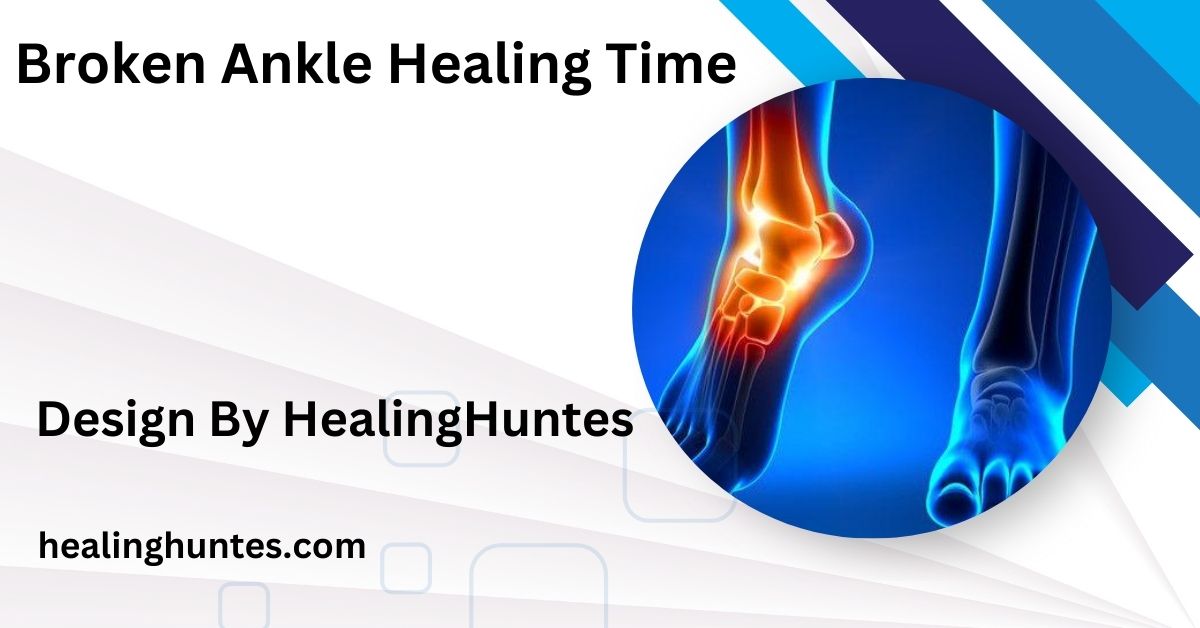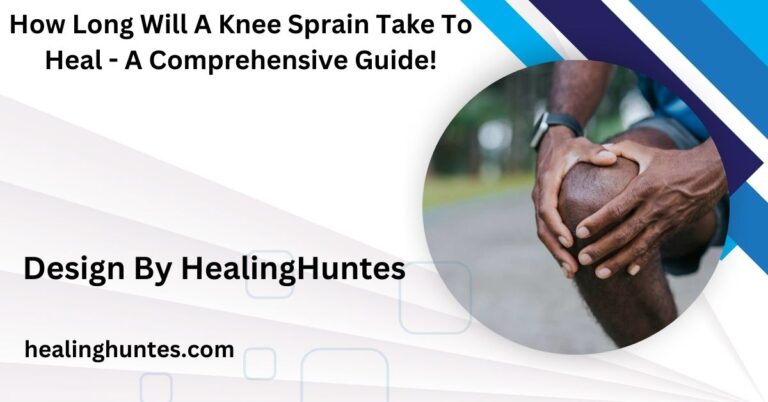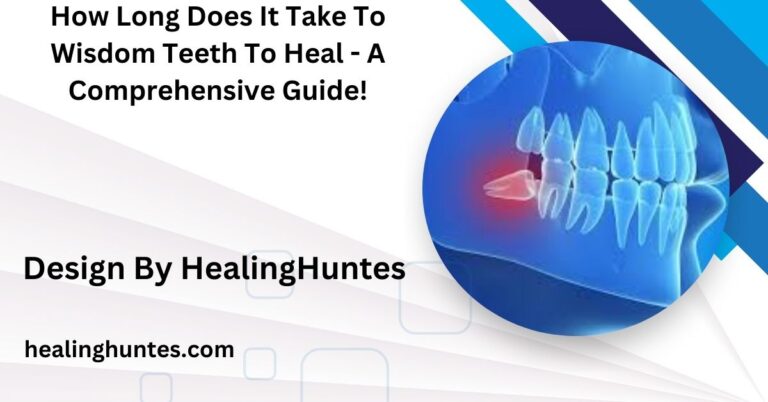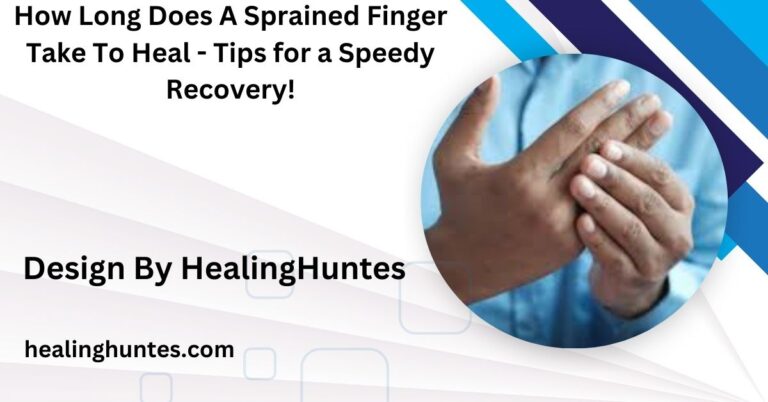Broken Ankle Healing Time – Factors Affecting Ankle Healing!
Healing a broken ankle usually takes 6–12 weeks, with minor fractures healing faster than severe ones that may need surgery and physical therapy.
This article explores broken ankle healing time, covering recovery stages, factors affecting healing, and tips to speed up recovery. Whether it’s a minor or complex fracture, you’ll find helpful insights for a smoother healing process.
How Long Does It Take for a Broken Ankle to Heal?
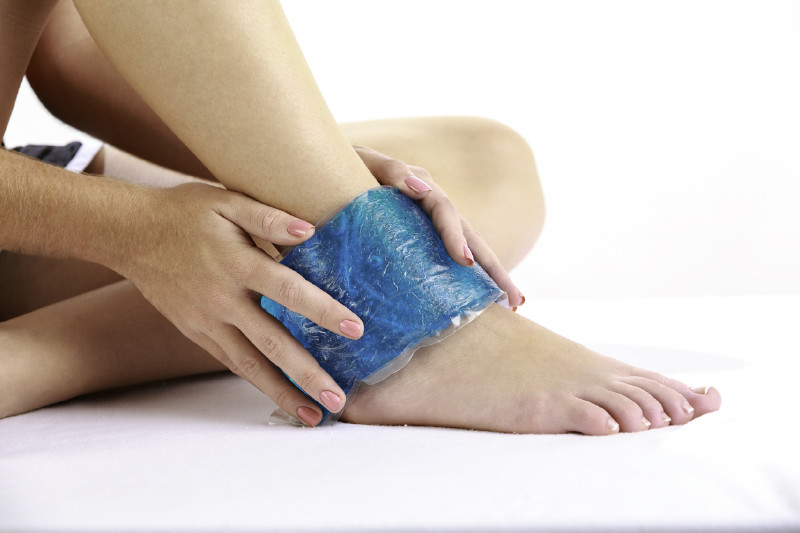
The healing time for a broken ankle typically spans between 6 to 12 weeks. However, the recovery period can differ significantly based on factors like the severity of the break, the treatment method, and individual health factors.
Minor or Stable Fractures:
- Healing Time: 6–8 weeks
- Details: For less severe fractures, such as hairline fractures or stable fractures where the bones remain aligned, the healing process can be quicker. A cast, brace, or walking boot is typically sufficient for immobilization, and surgery is often unnecessary.
Complex or Displaced Fractures:
- Healing Time: 8–12 weeks or longer
- Details: Severe fractures, like those with displaced bone fragments or fractures that affect multiple areas, may require surgery. Metal screws, plates, or rods are often used to stabilize the bones, which can extend healing time. Recovery may include limited mobility and physical therapy to restore full function.
Also Read: Eparation Of Tissue Margins During The Healing Process Is Called – Key Mechanisms Explained!
Key Factors That Influence Healing Time:
Several factors can speed up or delay the healing of a broken ankle:
- Type and Severity of Fracture: Complex fractures, such as those involving multiple breaks, are more challenging to heal.
- Age: Younger patients tend to recover faster as bones are generally stronger and heal more rapidly.
- Overall Health: Conditions like diabetes, osteoporosis, or immune deficiencies can slow down bone repair.
- Lifestyle Habits: Smoking, alcohol, and poor nutrition can impact bone health and delay healing.
- Compliance with Medical Care: Adhering to your doctor’s advice, including wearing the prescribed immobilization device, will help ensure proper healing.
The Four Phases of Broken Ankle Healing and Recovery:
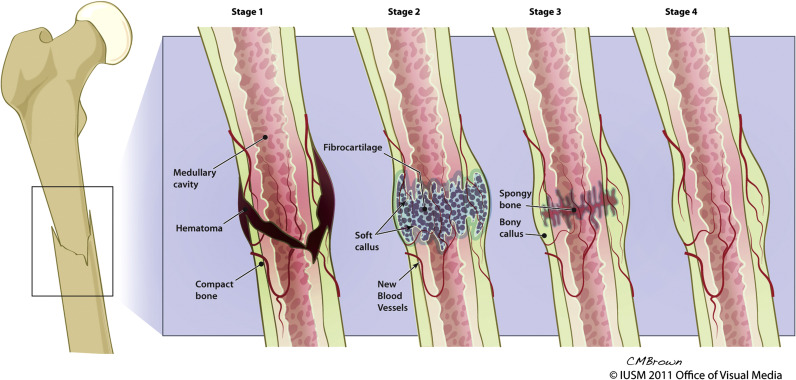
Phase 1: Initial Injury and Immobilization (0–6 Weeks)
In the first phase, the main goal is to stabilize the ankle to prevent further injury and allow the initial bone repair to begin.
- What to Expect: After the injury, you’ll likely receive a cast, brace, or splint to immobilize the area. Swelling, bruising, and pain are common during the first few weeks.
- Rest and Elevation: Resting the ankle, elevating it, and applying ice can reduce pain and inflammation. Non-weight-bearing is usually recommended, meaning you’ll need crutches or a knee scooter for mobility.
Phase 2: Early Weight-Bearing and Bone Healing (6–8 Weeks)
Once initial healing occurs, your doctor may encourage you to start limited weight-bearing activities to stimulate bone growth and prevent muscle loss.
- What to Expect: Your doctor might transition you from a cast to a walking boot or brace to allow for gradual weight-bearing. Pain and swelling may still be present but should lessen over time.
- Bone Stimulation: Some patients benefit from devices that stimulate bone growth, which can speed up healing in certain cases.
Also Read: How Long For Muscle Strain To Heal – A Complete Guide!
Phase 3: Physical Therapy and Strengthening (8–12 Weeks)
As the bone continues to heal, physical therapy becomes essential for regaining range of motion, strength, and stability in the ankle.
- What to Expect: Physical therapy may involve exercises like gentle ankle rotations, calf raises, and balance activities. Working with a therapist helps prevent stiffness and muscle atrophy.
- Increasing Mobility: During this stage, you’ll gradually begin to bear more weight and increase the duration of walking or low-impact activities.
Phase 4: Full Recovery and Return to Activity (3–6 Months)
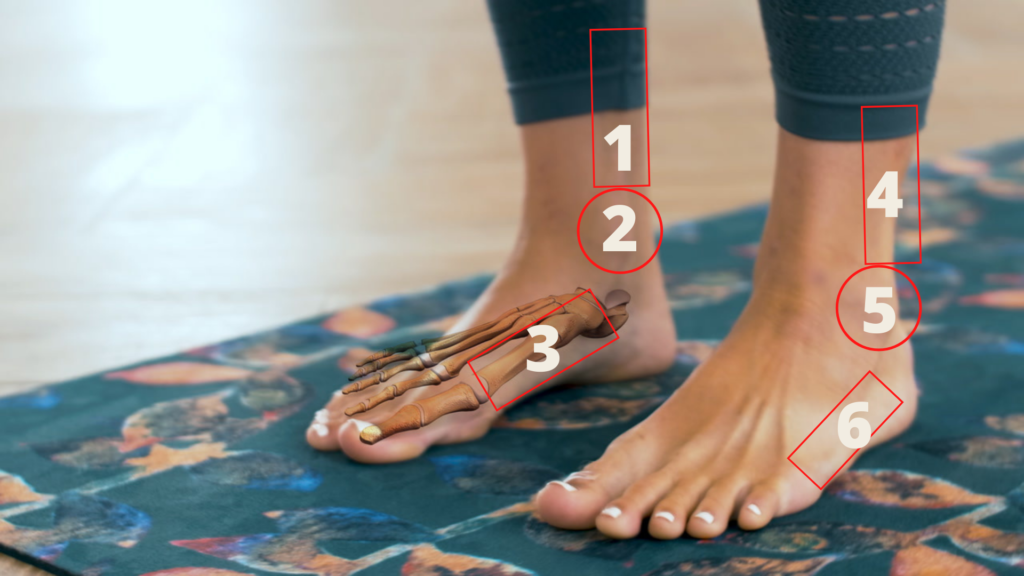
Most patients achieve full recovery within 3–6 months, though it can take up to a year in some cases to regain complete strength and mobility, especially after surgery.
- What to Expect: Full weight-bearing and more demanding activities like jogging or light sports may be reintroduced under medical supervision.
- Long-Term Care: Regular follow-ups with your doctor ensure your ankle is healing properly and will allow for adjustments to your recovery plan as needed.
Tips to Promote Faster Healing:
Here’s an expanded version of each point with additional details:
Follow Medical Advice Carefully:
Adhering to your doctor’s instructions on rest, weight-bearing, and physical therapy can significantly impact recovery time. Skipping these steps or resuming activities too soon can risk re-injury or prolong healing. Consistent follow-ups with your doctor also help monitor progress and make any necessary adjustments.
Optimize Your Diet for Bone Health:
Eating foods rich in calcium, vitamin D, magnesium, and protein can help your bones heal faster. These nutrients support bone repair and strengthen your body’s healing response. Include leafy greens, dairy, nuts, seeds, and lean proteins in your diet to give your body the best resources for recovery.
Also Read: How To Heal Receding Gums – Natural Gum Healing!
Stay Hydrated and Avoid Smoking:
Dehydration and smoking can impair blood flow and slow down healing, affecting bone and tissue repair. Staying hydrated supports nutrient delivery to the injured area, promoting efficient healing. Smoking is especially harmful, as it reduces oxygen levels and can delay the bone fusion process.
Incorporate Gentle Exercises as Advised:

Once cleared for movement, low-impact activities like swimming or using an elliptical machine can help maintain fitness and circulation without stressing the injury. Gentle exercises also prevent muscle atrophy and improve mobility, helping you regain function sooner. Be sure to progress gradually and listen to your body’s limits.
Use Pain Management Wisely:
If you experience pain, follow your doctor’s advice on pain management, as overusing medications can mask symptoms and may interfere with the healing process. Overuse of painkillers may also cause dependence or side effects, so balance their use with non-medicinal approaches like icing or elevation. Pain signals how your body is healing, so respecting it is important for a smooth recovery.
Potential Complications to Watch Out For:
While most people heal well from a broken ankle, complications can arise, especially in more severe cases. Here are some signs that may require immediate medical attention:
- Increased Pain or Swelling: These may indicate an infection or improper healing.
- Numbness or Tingling: Could signal nerve damage or restricted blood flow.
- Redness or Heat Around the Injury Site: Signs of infection that require prompt medical care.
FAQ’s
1. How long does a broken ankle usually take to heal?
Healing typically takes 6–12 weeks, depending on the fracture’s severity.
2. Do all broken ankles need surgery?
No, only severe fractures with bone displacement or multiple breaks may need surgery.
3. When can I start walking on my ankle after a fracture?
Limited walking may be allowed around 6–8 weeks if healing progresses well.
4. What factors can affect healing time?
Factors include age, health, fracture type, lifestyle habits, and adherence to medical advice.
5. Is physical therapy required for all broken ankles?
Yes, physical therapy aids in restoring mobility and strength after immobilization.
Conclusion
Recovering from a broken ankle takes time, but understanding the typical healing timeline and taking proactive steps can aid your recovery. Following medical advice, eating well, and engaging in physical therapy will help you regain mobility and strength. Remember that every recovery journey is unique, so always consult your healthcare provider for advice tailored to your specific situation.
